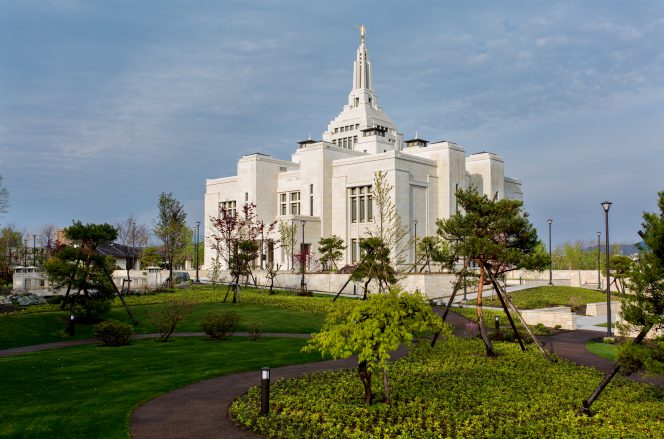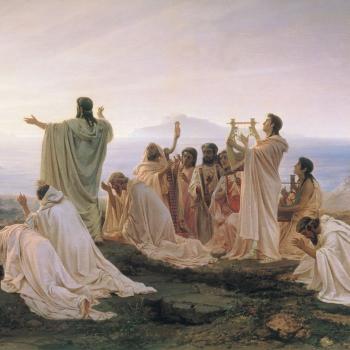
(LDS Media Library)
I share, here, several quotations that I’ve extracted from John H. Walton, Genesis 1 as Ancient Cosmology (Winona Lake, IN: Eisenbrauns, 2011):
We ought . . . to think of creation in terms of functions rather than material objects. (vii)
I posit that, in the ancient world, bringing about order and functionality was the very essence of creative activity. I also pay close attention to the ancient ideology of temples to show the close connection between temples and the functioning cosmos.
The second half of the book is devoted to a fresh analysis of Gen 1:1-2:4. I offer studies of significant Hebrew terms and seek to show that the Israelite texts also evidence a functional ontology and a cosmology that is constructed with temple ideology in mind, as in the rest of the ancient Near East. I contend that Genesis 1 never was an account of material origins but that, as in the rest of the ancient world, the focus of the creation accounts was to order the cosmos by initiating functions. I further contend that the cosmology of Genesis 1 is founded on the premise that the cosmos should be understood in temple terms. (viii-ix)
Modern cosmic ontology — our cosmic ontology — is primarily material, and the result is that when we think of the act of creation, we think mostly about the origins of matter in its various forms throughout the universe. This way of thinking is not the only ontological option, and I will propose that it is not the option that was current in the ancient cognitive environment.
It is clear from the cosmological literature of the ancient Near East that order in the cosmos and the control of the functions of the cosmos were more prominent in the ancient thought world than any consideration of the material origins of the cosmos. . . . [A]ncient Near Eastern literature is concerned primarily with order and control of functions of the world that exists rather than with speculations about how the material world that exists came into being. (8)
The model of the cosmos as a kingdom was more relevant in the ancient world than our modern model of the cosmos, which typically portrays it as a machine. (9)
One of the major constituent elements of the cognitive environment with regard to ancient cosmology that has been identified in recent years is the relationship between the cosmos and the temple. Because of this relationship, and because how the ancients thought about each illuminates the other, we find that texts concerned with temple building and temple dedications provide information about issues related to the cosmos. (10)
Hmm. A close connection between the temple and a narrative of creation? How very, very unexpected and odd!
Far from being a borrowed text, Genesis 1 offers a unique theology, even while it speaks from the platform of its contemporary cognitive environment. (ix)












